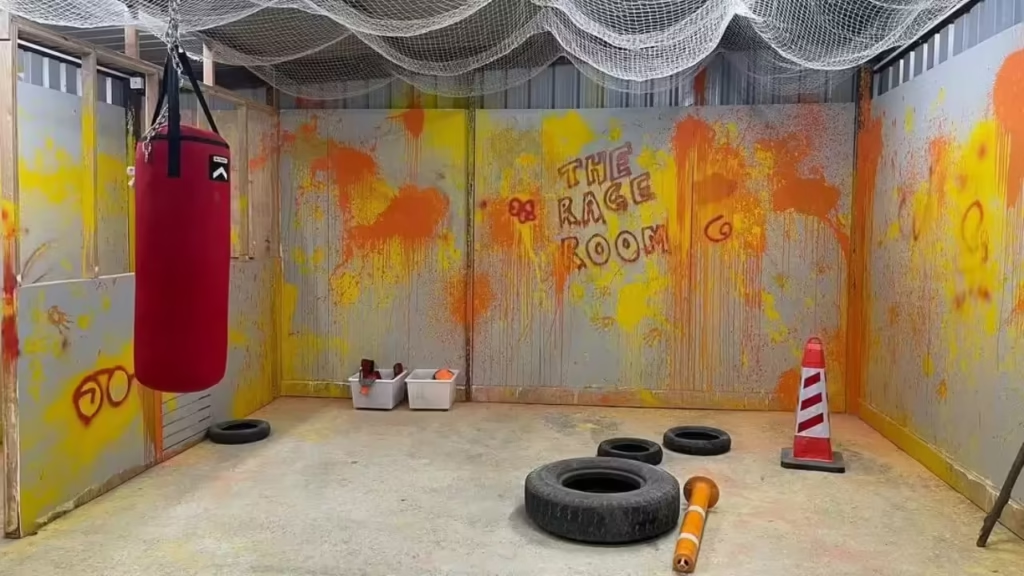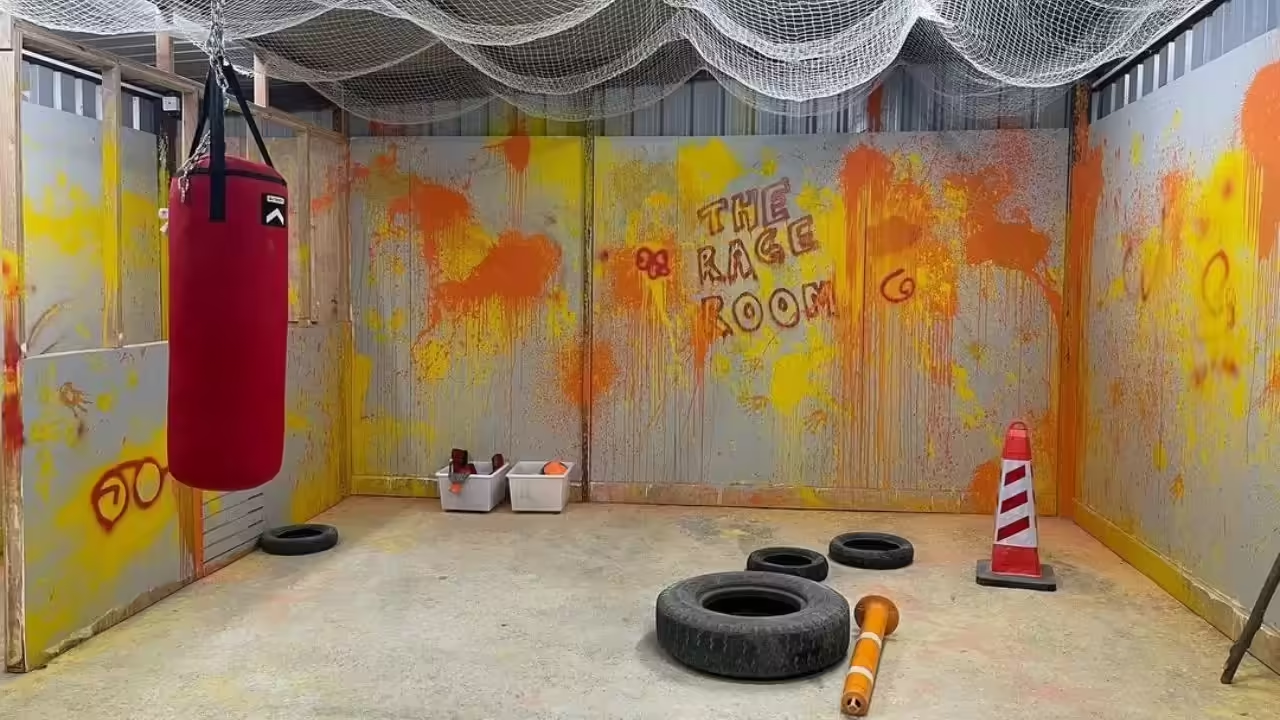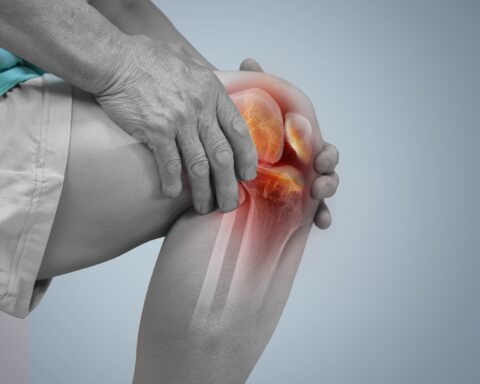The rise of rage therapy and why it just might be the self-care ritual you didn’t know you needed.
We live in a world that worships calm. From meditation apps to sound baths, serenity has become the ultimate flex. But let’s be honest, sometimes, the last thing we want to do when we’re furious is sit cross-legged, chanting “om.” Sometimes, what we really want is to throw a plate against the wall and watch it shatter.

Rage Therapy is a growing form of emotional release where anger isn’t silenced or suppressed, but given space to roar. Rage therapy, often called “anger release therapy” or “rage rooms,” is a practice where people express pent-up emotions through physical release. This could mean screaming into a pillow, smashing old furniture with a baseball bat, or even attending specialized “rage rooms” where you can safely demolish everything from televisions to glass bottles.

Psychologists agree that bottling up anger can lead to anxiety, depression, or even physical illnesses like high blood pressure. Rage therapy flips the script, turning anger into an outlet for healing rather than destruction.
Why It Works
- Physical Release: Anger is energy. By hitting, breaking, or screaming, you’re allowing that energy to move through your body rather than stay trapped.
- Emotional Catharsis: Sometimes words aren’t enough. Rage therapy provides a primal form of expression that talking can’t always reach.
- Stress Reduction: Studies show that after rage release, participants often experience calm, clarity, and even joy.
How to Try Rage Therapy
You don’t always need a fancy rage room. Here are ways to practice safely:
- Scream Therapy: Get in your car, turn up the music, and scream as loud as you can.
- Pillow Punching: Beat the hell out of a pillow, it won’t complain.
- Creative Release: Paint aggressively, write a rage letter you never send, or dance to loud music.
- Smash Sessions: If accessible, visit a rage room for a controlled environment where you can break things without consequence.
Don’t be surprised if you end up laughing or even crying after a rage session. That’s the body’s way of letting go. Many people report a surprising sense of lightness, as though they’ve unclenched something that’s been stuck for years.
Rage therapy isn’t about glorifying violence, it’s about giving anger the permission to exist, so it doesn’t consume us quietly. As much as mindfulness and meditation have their place, so does rage. Because sometimes, the most healing thing we can do for ourselves is admit: yes, I’m furious. And then smash a plate to prove it.








[…] Also Read: Designing for Mental Wellbeing: How Spaces with Natural Light, Biophilia, and Sound to Reduce StressMindful Eating: How to Develop a Healthy Relationship with FoodThe Power of Breaking Things […]